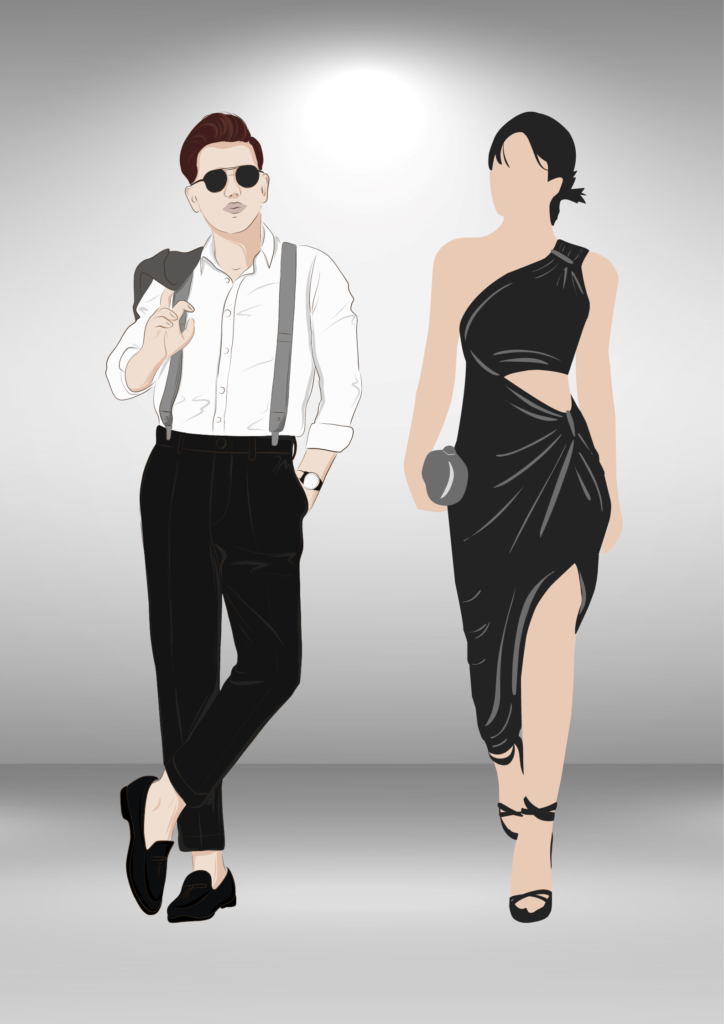Fashion: A Dynamic Reflection of Society

Fashion’s Functional Beginnings
Fashion, an ever-evolving cultural phenomenon, has mirrored and influenced societal shifts throughout history. Originating as a practical necessity for protection against the elements, clothing gradually transformed into a powerful symbol of status, identity, and cultural affiliation. Elaborate adornments and intricate patterns emerged as markers of social hierarchy, reflecting the complexities of early human societies.
Fashion as a Status Symbol
The Renaissance marked a turning point, as fashion embraced elegance and sophistication inspired by classical ideals. Sumptuous fabrics and intricate details became hallmarks of the aristocracy, while the majority of the population remained bound by practical considerations.
Fashion for the Masses
The Industrial Revolution ushered in a new era of fashion accessibility. Mass production techniques democratized clothing, leading to a proliferation of styles and trends. The 20th century witnessed rapid fashion transformations, influenced by social movements, world wars, and economic fluctuations.
The Modern Fashion Landscape
In recent decades, globalization and technological advancements have accelerated fashion’s evolution. The internet has revolutionized the industry, enabling rapid dissemination of trends and empowering consumers to participate in the design process. While fast fashion has made clothing more affordable, it has also raised concerns about sustainability and ethical production. In response, a growing movement towards ethical and sustainable fashion has emerged, reflecting a shift in consumer values.
Fashion’s Future
Today, fashion is a complex interplay of creativity, commerce, and cultural expression. It serves as a powerful tool for individuals to construct their identities and communicate their values. As technology continues to advance, fashion is likely to become even more personalized and interactive. The future of fashion promises to be as dynamic and unpredictable as the society it reflects.




















